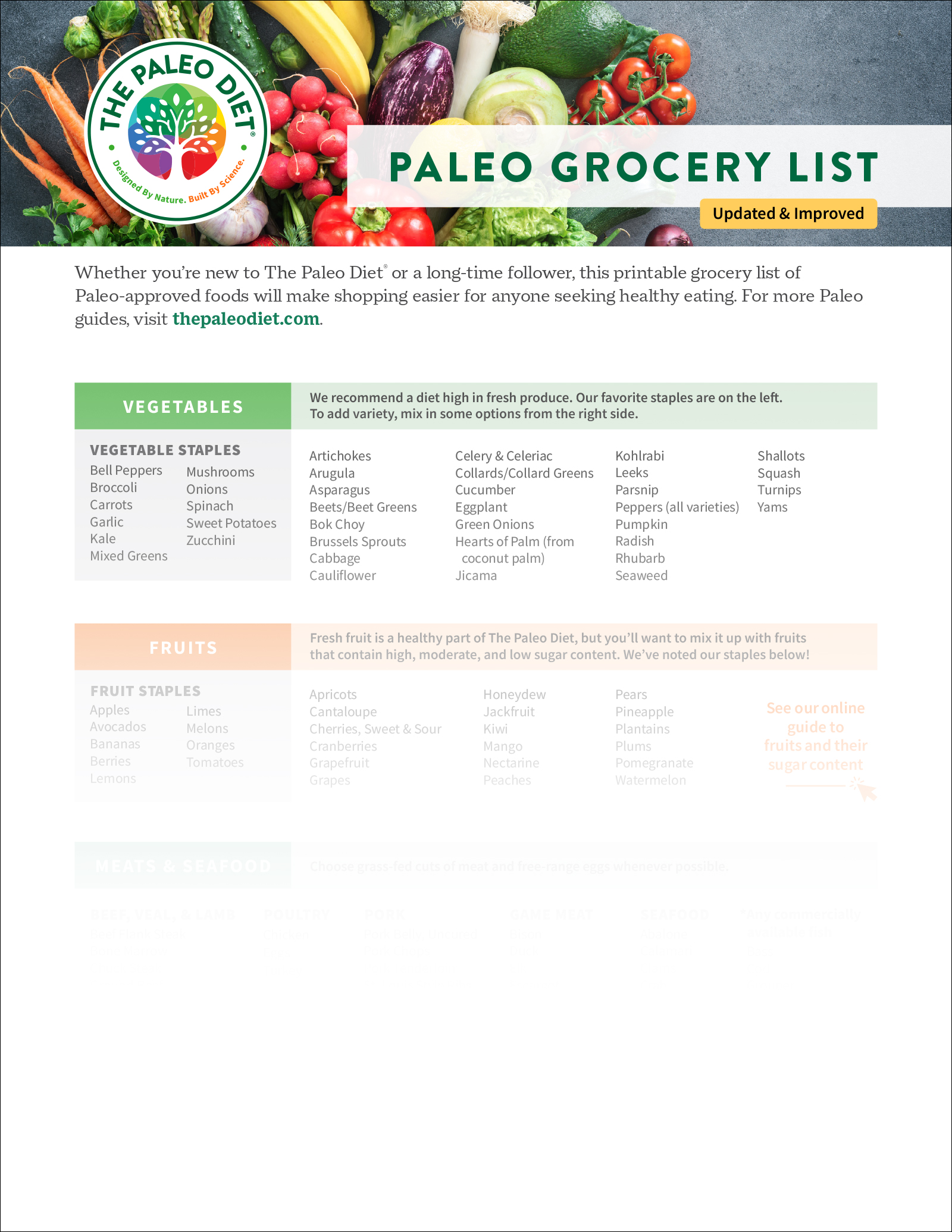Understanding Acid Reflux in Kids

A 7-year-old pushes away dinner and whispers, “My throat feels spicy.” For a parent who finally found a dinner everyone likes, that moment can land heavy. Is it picky eating? A sore throat? Or is it acid reflux in kids?
Reflux is more common in childhood than some realize, though usually mild and often temporary. But when it keeps coming back, disturbs sleep, or gets in the way of eating, it’s worth paying attention to and understanding what’s happening underneath.¹
How Acid Reflux Happens in Kids
Picture the lower esophageal sphincter as a door on a windy day. In adults, the spring is sturdy; in kids, it’s not fully reinforced yet. Most of the time the door stays shut. But pressure from a big meal, a tight waistband they’ve outgrown, or lying down too soon after eating can push it open like gusts of wind, letting stomach contents creep upward.²
For most, this usually resolves as the child’s body grows and develops. Until then, your job isn’t to “fix the door” but to quiet the “gusts of wind,” if you will. Think smaller meals, looser waistbands (within reason), and more upright time after dinner.³
How Kids Talk About Acid Reflux
Children rarely say “heartburn” to describe their symptoms, or even understand what it means if they do use it. Out of necessity, they often invent their own descriptions that parents are left trying to translate themselves. Here are some phrases you may have heard and a likely understanding of what’s going on:
- “Spicy burps” or “yucky taste” → acid taste/regurgitation
- “Wet hiccups” → reflux rising into the throat
- “My mouth feels yucky in the morning” → nighttime reflux
- “My chest feels hot” → heartburn-like discomfort
Acid reflux in kids doesn’t always look like a “spicy chest.” Children can also have extra-esophageal symptoms—such as a lingering cough, constant throat clearing, hoarseness, or even refusing food because eating feels uncomfortable.⁴
Try this: Hand them a printout of a body outline and let them color where they feel the “spice.” Or use a “traffic light” log: green means fine, yellow is mild but manageable symptoms, red means discomfort. These simple rituals turn vague complaints into patterns you can actually use.⁵
Helping Kids Feel Heard
When kids feel their language matters, reflux stops being mysterious and becomes something they can name. Some families give reflux a nickname so kids can talk about it more easily, but what matters most is helping them describe how their body feels. For instance:
- Mirror their words: “You said your throat feels spicy after pizza.”
- Ask concrete questions: “Does water help?” “Is bedtime worse?”
- Remove shame: Call them “tummy-helper foods,” not “bad foods.”
- Watch for non-verbal cues: The way they sit bolt upright or push the plate away may be the clearest symptom of all.6
For Single Caregivers
If you’re a solo parent, reflux can feel like one more thing no one else is keeping track of. Here’s what lightens the load:
- Keep a backpack log—a notebook that travels with your child so that they can record how they feel. Even if no one else writes in it, you’ll have a record when they come home.
- Track post-meal symptoms. Let your child circle a smiley, neutral, or sad face after meals. Their voice counts, even if no one else participates.
- Hold anchor habits at home. E.g., upright after dinner; no soda at night. Kids thrive on consistency somewhere, even if rules shift elsewhere.
Check out our Paleo on the Go guide filled with snack and meal ideas that travel well, or see our suggestions for eating at restaurants or for road trips.
For Communicating with Other Caregivers
Co-parents, grandparents, teachers, babysitters—they all mean well, but they may hand your child foods that trigger symptoms. Instead of rules, give them tools:
- Send ready-to-serve snacks so they don’t have to guess.
- Teach a simple check-in: “Does your chest feel spicy or comfy?”
- Slip a “comfort card” in the lunchbox: “I feel better with water, not soda.”
- Send the log in the backpack. It keeps the focus on the child without forcing conversation.7
These small gestures give your child a voice, even when you’re not in the room.
Teach Kids to Advocate for Themselves
Reflux often shows up when you’re not there. That’s why teaching self-advocacy matters:
- Practice one short script: “My throat feels spicy, I need water.”
- Role-play, starting with a stuffed animal, then a teacher.
- Teach polite refusals: “I can’t drink soda at night, it makes my tummy hurt.”
Advocacy isn’t complaining—it’s integrity. Kids learn their needs matter, even when adults disagree.
When to Call the Pediatrician
Call if reflux happens more than twice a week, disrupts sleep or growth, or shows up with red flags: pain when swallowing, blood in vomit, or black stools. Speak with your doctor if you want more help understanding what symptoms to look for.
Respect the seriousness when a child tells you, “This hurts.” If it keeps happening, that’s your cue to act.¹
Treat Triggers Like Experiments Rather Than Bans
Research links reflux with acidic foods, fried meals, chocolate, caffeine, and soda.8 But here’s the contradiction: most of that data is from adults. For acid reflux in kids, we know far less. Pediatricians see symptoms improve when families test food patterns, but controlled trials are limited.7
So, become the scientist in your own kitchen. You don’t need a binder of complex rules. Just start small and notice what changes. Here are some ideas:
- Two-part dinner: Serve smaller plates at 5 p.m. and 7 p.m. instead of one big meal.
- Gentle bedtime snack: Peeled apple with almond butter or a banana is lighter than acidic leftovers (and don’t lay down right away).
- Flip pasta night: Try spiralized squash with carrot–red pepper purée instead of tomato sauce.
- Replace soda with still or lightly sparkling water at lunch.
- Offer water in ways that feel special: Identify a favorite bottle or add in slices of fruit so hydration becomes an easy choice.
- Lead with protein: Serve chicken, fish, or eggs first, with non-starchy vegetables.
- Build communal cues. Set a timer, play a board game, or walk the dog before bed so upright time becomes normal for everyone.
None of these cure acid reflux in kids, but they are experiments you can run at your own table. They’re small enough to implement, easy enough to notice a difference, and real enough to make an impact that matters.
Don’t look at this like banning foods forever—merely start noticing patterns with your child and begin running small food experiments to see what actually improves their symptoms. For practical meal planning help, see our What to Eat This Week series for Paleo-friendly menus that make experimenting a little less overwhelming.
Paleo-Aligned Recipes for Heartburn Relief
Find the following recipes and more in our recipe library.
- Portable prep: Jicama Sticks with Mango Dip
- Gentle snack: Strawberry Applesauce
- Cozy dinner: Healing Spaghetti Squash Soup
- Crunchy protein: Easy Air Fryer Fish Sticks
Things to Keep in Mind
Acid reflux in kids may be common, though it’s often temporary and manageable. Your child’s words like “spicy burps” or “yucky taste” are data, not something to dismiss.
Think of your kitchen as a place to test small changes. It is not a place for fights about food. Tracking symptoms and trying swaps is how you learn what works for your child.
If something here gave you the right language or a practical idea, share it. Another parent may be waiting for the phrase, the swap, or the script that finally makes sense of their child’s reflux.
This article is educational only. It is not a substitute for medical care.
References
- Rosen, R., Vandenplas, Y., Singendonk, M., Cabana, M., DiLorenzo, C., Gottrand, F., Gupta, S., Langendam, M., Staiano, A., Thapar, N., Tipnis, N., & Tabbers, M. (2018). Pediatric Gastroesophageal Reflux Clinical Practice Guidelines: Joint Recommendations of the North American Society for Pediatric Gastroenterology, Hepatology, and Nutrition and the European Society for Pediatric Gastroenterology, Hepatology, and Nutrition. Journal of Pediatric Gastroenterology and Nutrition, 66(3), 516–554. https://doi.org/10.1097/MPG.0000000000001889
- Bingham, S. M., & Muniyappa, P. (2020). Pediatric gastroesophageal reflux disease in primary care: Evaluation and care update. Current Problems in Pediatric and Adolescent Health Care, 50(5), 100784. https://doi.org/10.1016/j.cppeds.2020.100784
- Singendonk, M., Goudswaard, E., Langendam, M., van Wijk, M., van Etten-Jamaludin, F., Benninga, M., & Tabbers, M. (2019). Prevalence of Gastroesophageal Reflux Disease Symptoms in Infants and Children. Journal of Pediatric Gastroenterology and Nutrition, 68(6), 811–817. https://pubmed.ncbi.nlm.nih.gov/31124988
- Durazzo, M., Lupi, G., Cicerchia, F., Ferro, A., Barutta, F., Beccuti, G., Gruden, G., & Pellicano, R. (2020). Extra-Esophageal Presentation of Gastroesophageal Reflux Disease: 2020 Update. Journal of Clinical Medicine, 9(8), 2559. https://doi.org/10.3390/jcm9082559
- Bingham, S. M., & Muniyappa, P. (2020). Pediatric gastroesophageal reflux disease in primary care: Evaluation and care update. Current Problems in Pediatric and Adolescent Health Care, 50(5), 100784. https://pubmed.ncbi.nlm.nih.gov/32448673/
- Jacobson, J. C., & Pandya, S. R. (2021). A narrative review of gastroesophageal reflux in the pediatric patient. Translational Gastroenterology and Hepatology, 6, 34–34. https://doi.org/10.21037/tgh-20-245
- Rosen, R. (2022). Novel Advances in the Evaluation and Treatment of Children with Symptoms of Gastroesophageal Reflux Disease. Frontiers in Pediatrics, 10, 849105. https://pubmed.ncbi.nlm.nih.gov/35433543/
- Khan, M., Shah, K., Satkarjeet Kaur Gill, Gul, N., J, J. K., Valladares, V., Laiba Ali Khan, & Raza, M. (2024). Dietary Habits and Their Impact on Gastroesophageal Reflux Disease (GERD). Cureus. https://pmc.ncbi.nlm.nih.gov/articles/PMC11347905/
Griffin McMath, ND
With a background in clinical practice, advocacy, and behavior change communication, Dr. McMath is passionate about advancing health literacy and empowering people to make informed decisions.
More About The Author




